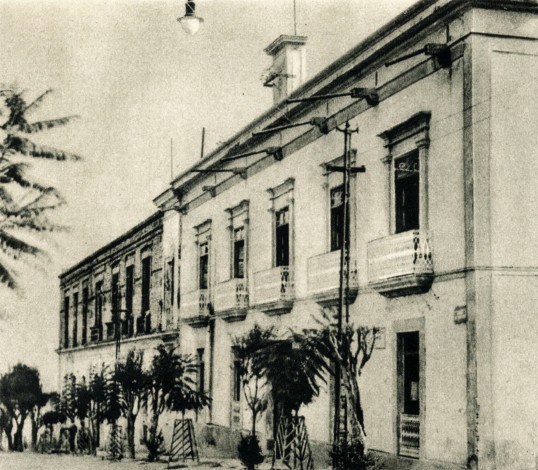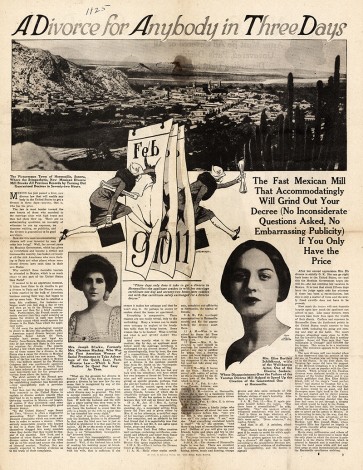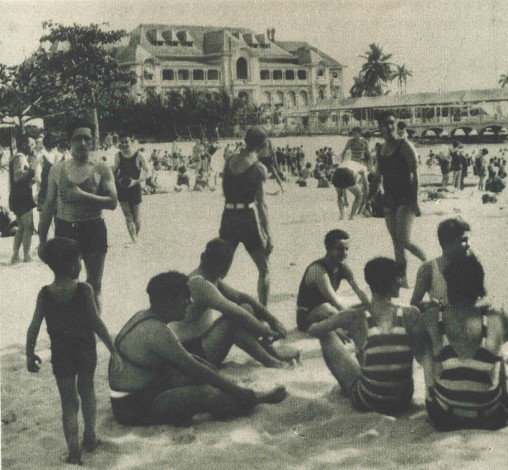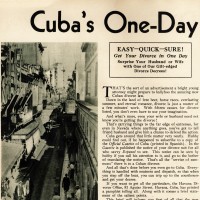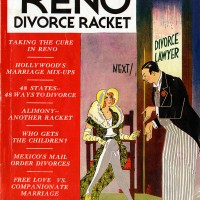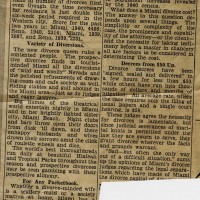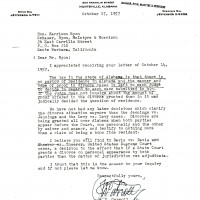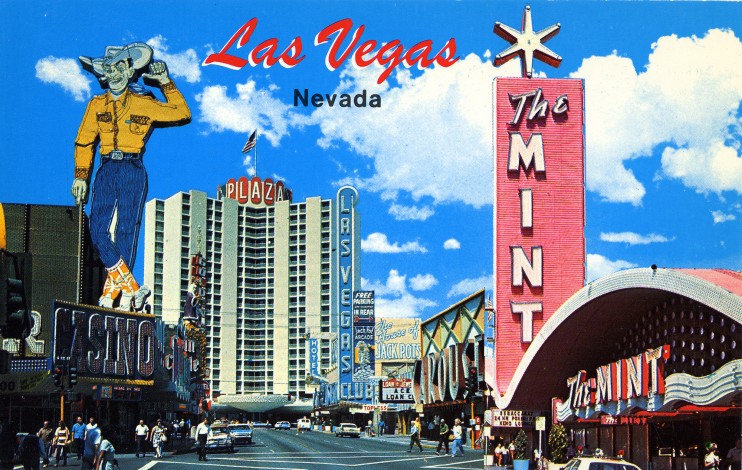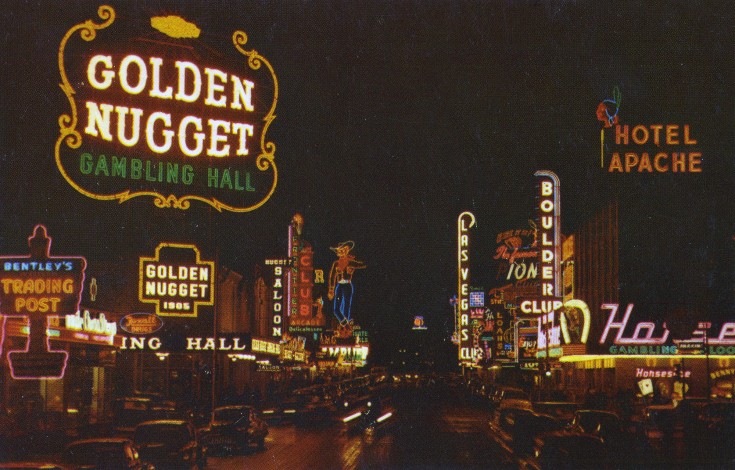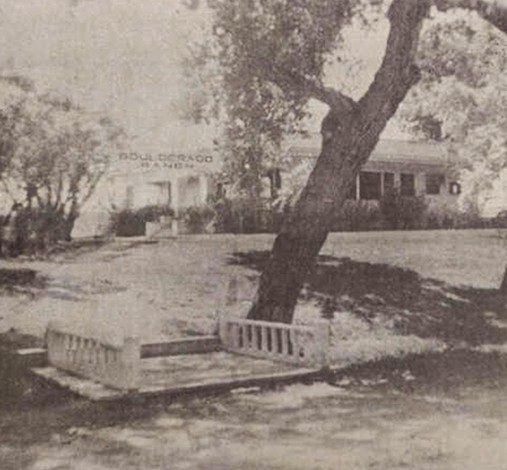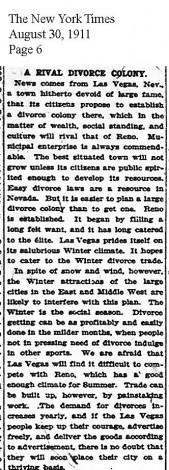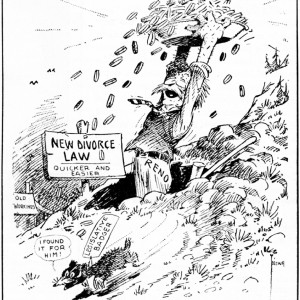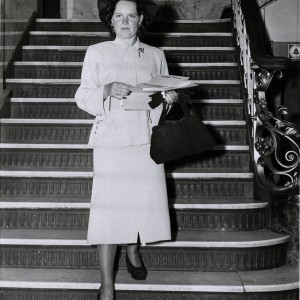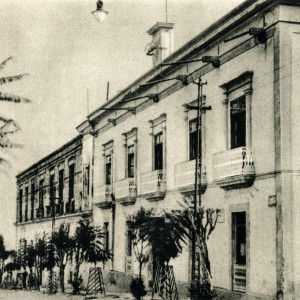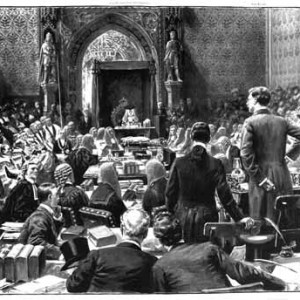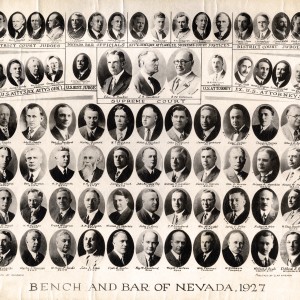Reno’s pre-eminence as the divorce capital was challenged from time to time by other states that would liberalize their divorce laws in an effort to get a share of the trade. However, none of the competing colonies was able to surpass Reno’s reputation and longevity.
In 1871, the Territory of Dakota enacted an expansive divorce statute with a three-month residency requirement. Reno took the divorce title away from South Dakota after its voters changed the law in 1908. Other states, such as Idaho, Wyoming, and Florida continued to vie for the business. Indiana and Alabama were known as divorce centers at various points, as well, while lawyers from Chicago, Cincinnati, and New York established divorce mills in Utah Territory for a brief period. And for a time, Hot Springs, Arkansas offered similar amenities to Reno: beautiful surroundings and wide-open, albeit illegal, gambling.
The greatest threat to Reno’s dominance of the divorce trade came from its own state legislature, which voted in 1913 to lengthen the residency requirement from six months to a full year. However, a quick reversal of that decision in the next legislative session quickly placed Reno’s divorce colony back on top.
Mexico, Cuba, and Paris became important divorce destinations too. Paris was especially appealing to wealthy Americans who could secure an uncontested divorce there as quickly and easily as in Reno. Fake certificates of domicile were available for the defendant in order to appease American courts that might object to a foreign default divorce.
Mexico did not legalize divorce until 1917, but it didn’t take long for some divorce lawyers to see the economic potential of its quickie divorce trade. Mexico could grant divorces in as little as three hours—and even by mail order. However, many U. S. states ruled these divorces invalid, and by the 1970s, Mexico grew tired of its reputation and enacted prohibitive and complex residency requirements.
Featured Resources
Competition from Las Vegas
The most enduring competition for Reno’s divorce business came from inside Nevada’s borders. In 1911, the New York Times reported, “The demand for divorces increases yearly, and if the Las Vegas people keep up their courage, advertise freely, and deliver the goods according to advertisement, there is no doubt that they will soon place their city on a thriving basis.”
Although benefiting from the same liberal laws as Reno, the southern Nevada town initially was hampered by a less convenient location as well as relative lack of amenities. In the first decades of the 20th century, Reno had the advantage of the transcontinental railroad as well as a thriving business, educational, and cultural environment. By 1920, Reno had five times the population of Las Vegas, whose residents numbered just over 2,000. The legalization of gambling in 1931 prompted a flurry of development in downtown Las Vegas that spurred tourism to the area, particularly from Los Angeles.
A turning point occurred in 1939 when Hollywood legend Clark Gable’s second wife, Ria Langham, chose to divorce the actor in Las Vegas rather than the expected Reno. Langham entered into an innovative agreement with the Las Vegas Chamber of Commerce during her stay, allowing them to photograph her enjoying all of the area’s budding attractions while keeping her impending divorce a secret as long as possible. Afterwards, the Chamber used images from her apparently fun-filled experience to promote the city’s burgeoning tourist trade and she was able to bask in the national attention.
As in Reno, divorce-seekers choosing to spend their six weeks in Las Vegas could stay in a wide array of motels and hotels, as well as a handful of guest ranches including the Boulderado Dude Ranch. The development of the Las Vegas strip in the early 1940s added to the resort city’s appeal.
